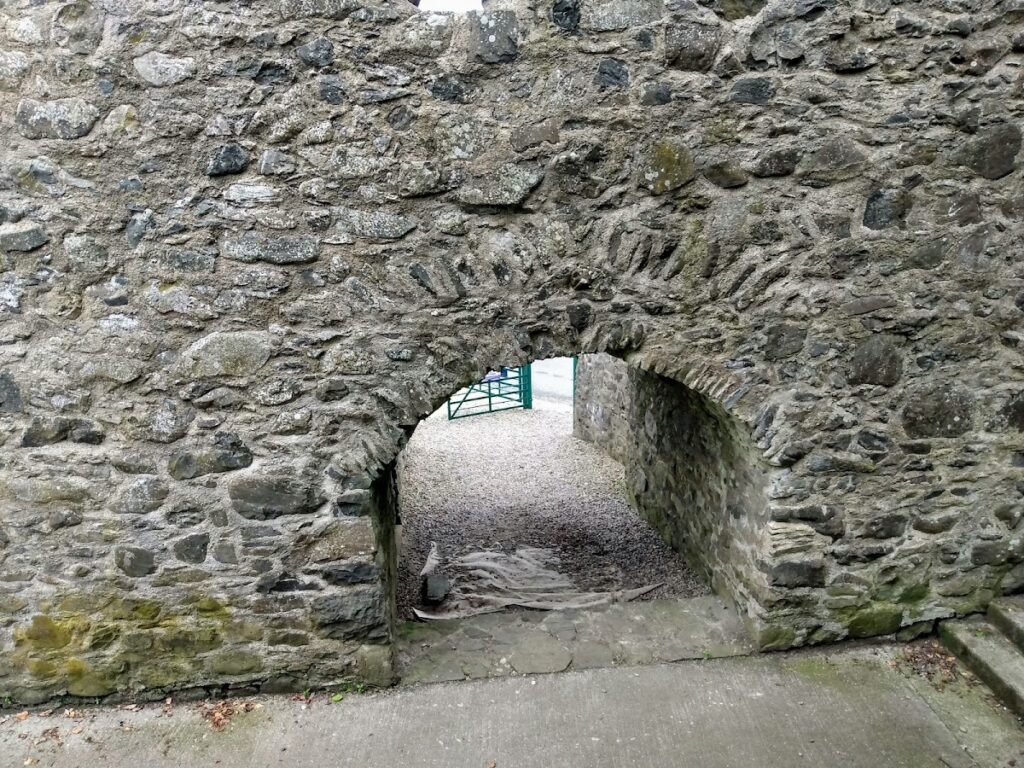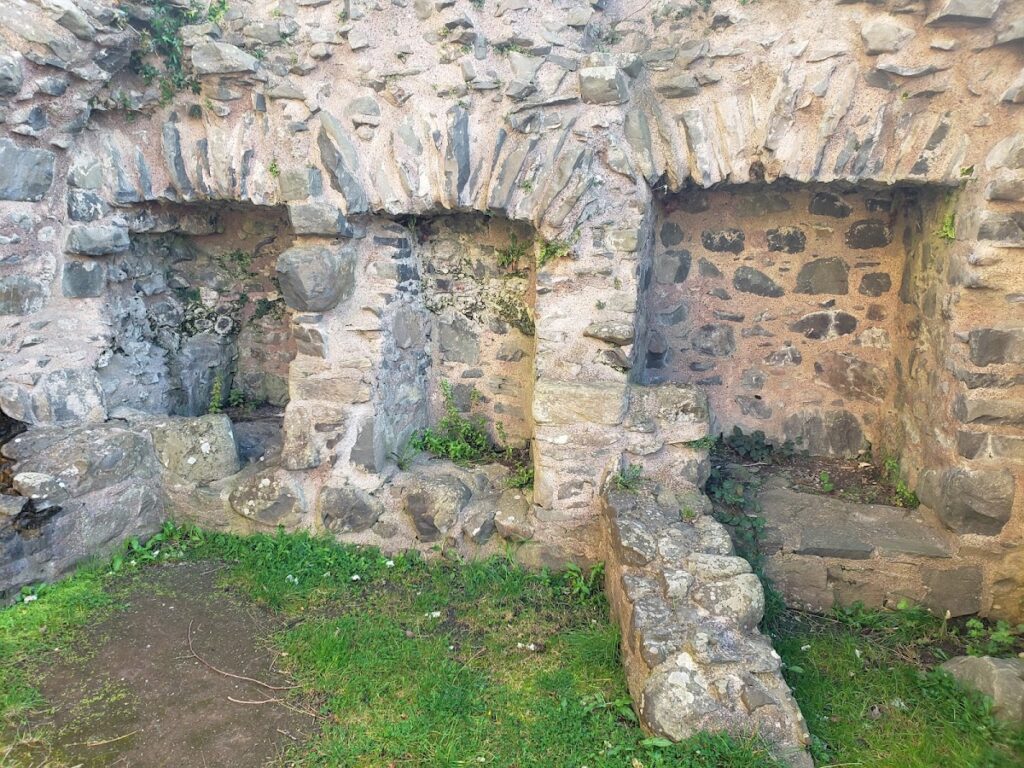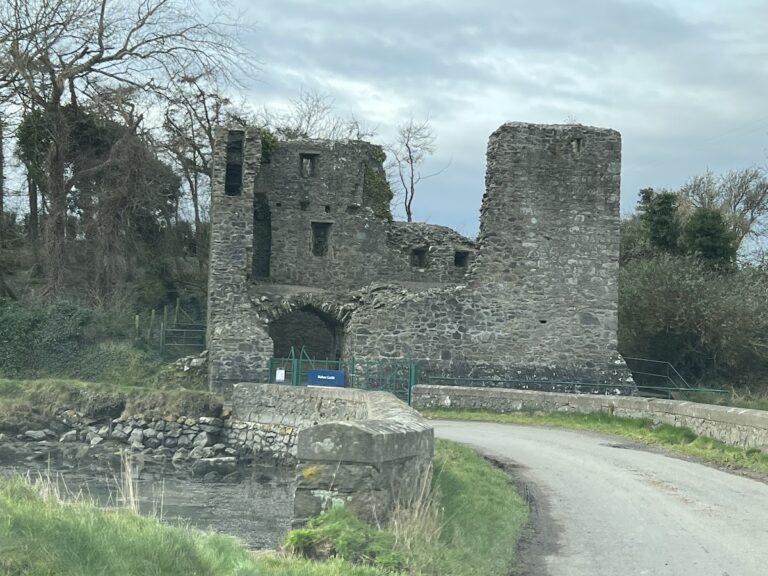Sketrick Castle: A Medieval Anglo-Norman Fortress in Northern Ireland
Visitor Information
Google Rating: 4.4
Popularity: Low
Google Maps: View on Google Maps
Official Website: www.castles.nl
Country: United Kingdom
Civilization: Unclassified
Remains: Military
History
Sketrick Castle stands on Sketrick Island within the boundaries of Newtownards, Northern Ireland. This fortress was erected by Anglo-Norman settlers in the late twelfth century, shortly after their conquest of Ireland, marking an extension of Norman control and influence in the region.
During the fourteenth century, ownership of Sketrick Castle came under the domain of Sir Robert Savage, a Norman feudal lord known to have held lands in County Down. The castle’s strategic importance is documented in medieval Irish records, notably the Annals of the Four Masters, which recount that in 1470 it was seized by an army led by the O’Neill clan. This military action was intended to assist the MacQuillan clan, who were subsequently entrusted with the castle’s custody following the successful siege.
Centuries later, Sketrick Castle survived largely intact until the closing years of the nineteenth century. In 1896, a powerful storm struck the area, inflicting severe damage that reduced much of the castle to rubble. The site’s hidden architectural elements came to further light in the mid-twentieth century when, in 1957, an underground passage linking the castle to a freshwater spring was uncovered. Today, the castle remains a protected historic monument under the care of local authorities, signifying its enduring presence within Northern Ireland’s cultural heritage.
Remains
The remains of Sketrick Castle reveal the form of a classic medieval tower house typical of late twelfth-century Anglo-Norman military architecture. Originally rising to approximately four stories, the stone structure was rectangular, measuring about 17.3 meters in height, 15.5 meters long, and 8.2 meters wide. The survival of joist holes in the walls indicates that the upper floors once featured wooden beams supporting floors or ceilings.
One of the castle’s notable features was a boat bay, a covered area providing direct water access from surrounding waterways, which underscored the importance of controlling passage to and from the island. Its eastern side contained the main entrance, which was defensively designed with a murder-hole—a small opening above the doorway through which defenders could attack assailants attempting to breach the gate.
The ground floor housed four individual rooms, with the largest equipped with two ovens. These ovens potentially served for cooking or heating, reflecting everyday practical needs within the fortified dwelling. Extending beneath the protective bawn wall, which partially enclosed the site especially to its north and east, a stone-lined subterranean passage led to a freshwater spring. This concealed corridor and the chamber above the spring, supported by corbels (stone projections that hold up structures), highlight an ingenious method of securing vital water supplies within the defensive perimeter.
Today, the castle stands in ruins, its upper stories lost to time and storm damage, while fragments of the surrounding defensive walls remain visible. The discovery of the water passage in 1957 added a significant dimension to understanding the site’s layout and the daily considerations for security and survival within a medieval fortress. Both the castle and this passage are protected as historic monuments, ensuring that this tangible link to Northern Ireland’s Anglo-Norman past is preserved.










